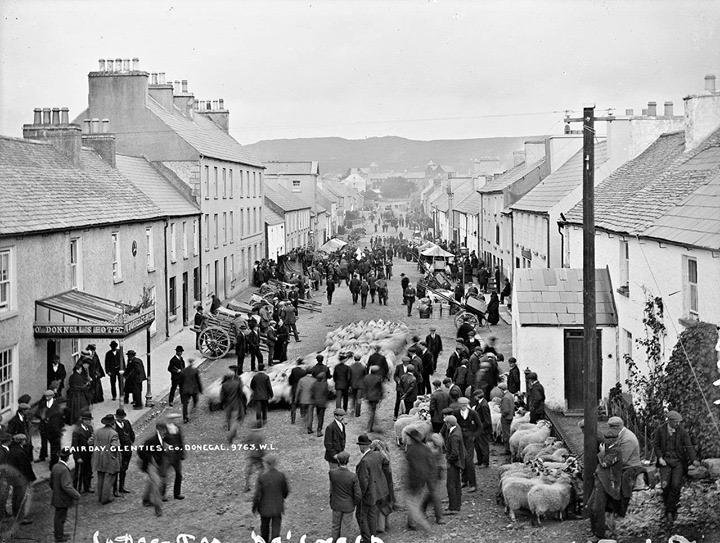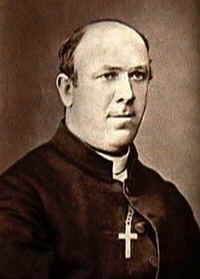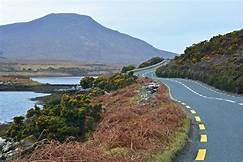In 1866 a travel book was published in Dublin by the firm of A. Murray & Co of Fleet & Westmoreland Street, Dublin called “The Donegal Highlands” by a young Donegal author called James McDevitt.
The book is set out by giving an overall history of the County and by giving details of a number of excursions that could be taken whilst making a journey through the county starting at Ballyshannon and travelling northwards to Inishowen. Whilst based in Ballyshannon he recommends a visit to the nearby Kilbarron Castle writing that,
“The tourist may enjoy some good coastal scenery and at the same time gratify a very meritorious antiquarian curiosity by a visit to Kilbarron Castle”.
The Donegal Highlands by James McDevitt
While another author named simply as Murray writes
“…an ancient fortress of the O’Clerys, renowned in their day for their skills in science, poetry and history”.
“Murray”
The piece goes on to describe the location of the Kilbarron Castle as
“… commanding a magnificent view to the north of Donegal Bay, its inlets and its mountain barriers against the ocean and to the south and west hardly less magnificent views of the mountain views of North Connacht ”.
The piece on the castle further remarks about the work of John O’Donovan in bringing the story of the Four Masters and its leader Br Michel O’Clery to prominence. He remarks that at a Inquisition in Lifford in 1632 that Peregrine or Cugory O’Clery “being a mere Irishman and not of English or British descent or surname was deprived of his estates, his lands were forfeited to the King. The Lord of Kilbarron found a humble shelter in Mayo”.
These were lands at Coobeg and Doughill in the precinct of Monarche near Killybegs being leased by Corgary or Cú Coigcríche from the Earl of Annandale and this forfeiture was due to the ban on the Ulster Plantation grantees giving leases to Gaels, although this was often ignored as the Gaels were willing to pay more rent in order to stay in or near their own lands or districts. Cú Coigcríche or Cugory went to Ballycroy in west Mayo in 1652 along with many from Donegal led by Ruairi O’Donnell son of Colonel Manus O’Donnell who was killed at Benburb and a grandson of Niall Garbh Uí Domhnaill who died a prisoner in the Tower of London sometime around 1626.
The author of the 1866 travel guide, James McDevitt was born in Glenties in 1831, the son of Daniel McDevitt, a Glenties merchant and hotelier and his wife, Mary O’Donnell.


He was educated by his uncle, Fr. James. An sagart rua ‘Ac Daeid, PP Lr Templecrone; at Drumbeigh Classical School, Inver under Patrick McGoldrick; at Letterkenny High School, under Dr Crerand, and at Maynooth (1850-59). After two years’ postgraduate studies, he was ordained in 1859. He later became a professor at All Hallows remaining there until his appointment as Bishop of Raphoe in 1871.
He keenly promoted the use of Irish and was very much involved and supportive of the agitation for tenants’ rights which became so contentious in Ireland but particularly in Donegal in the aftermath of the events of the Derryveagh Evictions of 1861.
James McDevitt’s tenure as Bishop was to be short as he developed Pneumonia and died in 1879.

